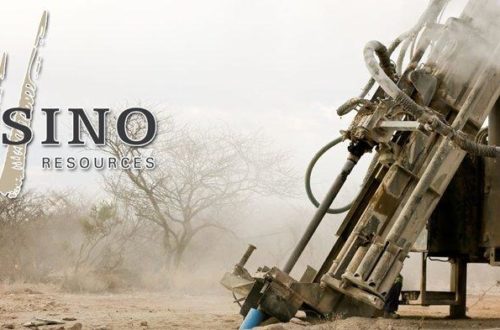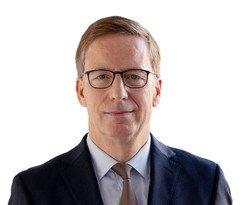
Expensive raw materials
Tin is a heavy metal that is important for green and technological transformation. According to the International Tin Association (ITA), demand for tin is expected to be around 400,000 tons annually by 2025. Beyond 2030, a supply deficit is forecast. This is because the electrical industry, especially semiconductors, need the metal. The further decarbonization picks up speed, the more tin will be needed. Currently, a ton of zinc costs around 35,000 US dollars. At the beginning of the century, a ton of the metal cost less than 10,000 euros. After an initial peak of 24,000 euros in 2011, the price reached an all-time high of more than 35,000 euros per ton. In US dollar terms, it even exceeded 40,000 (also an all-time high). There are large tin deposits in China, Indonesia and Portugal. In Kazakhstan, Tin One Mining is working on the development of the Syrymbet tin deposit. This is the largest undeveloped tin mine there and it is expected to provide tin supply as the only tin production project in Central Asia.
Another raw material that has gained enormously in value in recent times is uranium. Resources are depleting and demand for key minerals is rising, with uranium at the top of the list alongside precious metals in the search for new deposits. That’s because while uranium supply has declined over the past decade, demand has increased at the same time. More than 440 reactors are in operation around the world today, in more than 30 countries. As Russia is one of the world’s largest uranium producers, the Ukraine-Russia conflict will have an additional impact on the uranium market. Among the promising uranium companies is Consolidated Uranium – https://www.youtube.com/watch?v=tAZP4Xrc-0M -, for example.
Latest corporate information and press releases from Consolidated Uranium (- https://www.resource-capital.ch/en/companies/consolidated-uranium-inc/ -).
In accordance with §34 WpHG I would like to point out that partners, authors and employees may hold shares in the respective companies addressed and thus a possible conflict of interest exists. No guarantee for the translation into English. Only the German version of this news is valid.
Disclaimer: The information provided does not represent any form of recommendation or advice. Express reference is made to the risks in securities trading. No liability can be accepted for any damage arising from the use of this blog. I would like to point out that shares and especially warrant investments are always associated with risk. The total loss of the invested capital cannot be excluded. All information and sources are carefully researched. However, no guarantee is given for the correctness of all contents. Despite the greatest care, I expressly reserve the right to make errors, especially with regard to figures and prices. The information contained herein is taken from sources believed to be reliable, but in no way claims to be accurate or complete. Due to court decisions, the contents of linked external sites are also co-responsible (e.g. Landgericht Hamburg, in the decision of 12.05.1998 – 312 O 85/98), as long as there is no explicit dissociation from them. Despite careful control of the content, I do not assume liability for the content of linked external pages. The respective operators are exclusively responsible for their content. The disclaimer of Swiss Resource Capital AG also applies: https://www.resource-capital.ch/en/disclaimer/
Swiss Resource Capital AG
Poststrasse 1
CH9100 Herisau
Telefon: +41 (71) 354-8501
Telefax: +41 (71) 560-4271
http://www.resource-capital.ch
Telefon: +49 (2983) 974041
E-Mail: info@js-research.de
![]()



